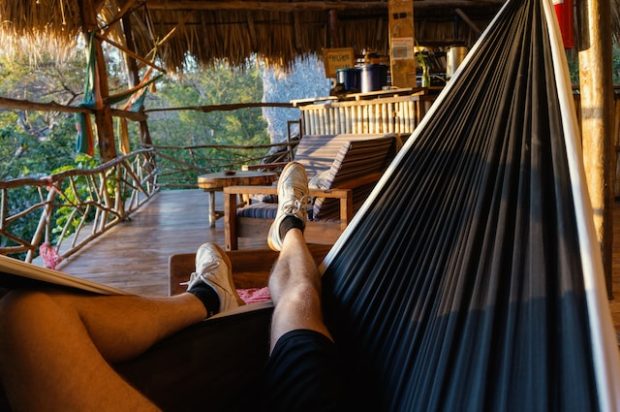In this fast-paced world, we are always on the go, and we tend to prioritize productivity over relaxation. It is, however, important to take a break and give our minds and bodies the rest they need. While getting a good night’s sleep is essential, we can also achieve deep relaxation through non-sleep techniques, which you can find out more through a NSDR app. In this beginner’s guide, we will explore some non-sleep deep rest techniques that can help you feel refreshed and rejuvenated.
Meditation
Meditation is a powerful technique that helps calm your mind and reduces stress levels. To get started with meditation, find a quiet and peaceful spot and sit cross-legged with your eyes closed. Focus on your breath and observe each inhalation and exhalation. If your mind begins to wander, gently bring it back to your breath. Start with five minutes of meditation and gradually increase the duration with practice.
Yoga
Yoga is a physical practice that combines breathing techniques, meditation, and physical postures to promote balance and relaxation. Yoga can help reduce stress, anxiety, and depression while improving strength, flexibility, and overall health. There are various types of yoga, including Hatha yoga, Vinyasa yoga, and Restorative yoga. You can join a local yoga class or follow an online tutorial.
Progressive Muscle Relaxation
Progressive muscle relaxation is a technique that involves tensing and relaxing each muscle group in the body. To practice this technique, lie down in a comfortable position and slowly tense and relax each muscle group, starting with your toes and working your way up to your head. This technique can help reduce muscle tension, ease anxiety, and promote deep relaxation.
Visualization
Visualization is a technique that involves imagining a relaxing scene or experience. To practice this technique, find a quiet spot and close your eyes. Imagine yourself in a peaceful place, such as a beach or a lush forest. Visualize the sights, sounds, smells, and sensations of this place, and allow yourself to feel a sense of calm and peace.
Breathing Exercises
Breathing exercises are a simple yet effective way to relax quickly. To practice breathing exercises, sit or lie down in a comfortable position and take slow, deep breaths in through your nose and out through your mouth. Focus on your breath and allow your body to relax with each exhale. You can also try alternate nostril breathing or counting your breaths.
In conclusion, non-sleep deep rest techniques can help you achieve a sense of calm, relaxation, and rejuvenation in a busy world. Whether you choose to practice meditation, yoga, progressive muscle relaxation, visualization, or breathing exercises, it is important to make relaxation a priority in our lives. By taking time to rest and recharge, we can improve our overall health and well-being. So, try out these techniques and find the one that works best for you!
Read More:


